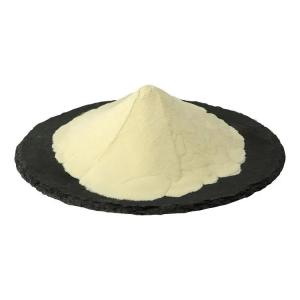News list
News Center
Hot Product
News
Nutrient balance studies involving phosphoric acid
Time:2025-10-21
Phosphoric acid is a widely used additive in the food and beverage industry, primarily for its role in formulation and pH control. In the context of nutrient balance studies, it is often examined to understand its contribution to the overall composition of foods and its interaction with other dietary components.
Study Objectives
Nutrient balance studies aim to assess how different components of the diet interact in controlled environments. Phosphoric acid is typically included to evaluate its impact on the formulation and stability of foods, as well as its presence relative to other minerals and macronutrients. These studies provide data to inform regulatory standards and manufacturing guidelines.
Methodology
Studies involving phosphoric acid often employ standardized food matrices and laboratory analyses to measure its concentration in various products. Analytical techniques such as titration, spectrophotometry, and chromatography are commonly used to quantify phosphoric acid alongside other nutrients. Controlled experiments ensure consistency across samples and allow for accurate reporting.
Data Interpretation
The data collected from nutrient balance studies help characterize the levels of phosphoric acid present in different food categories. Researchers analyze how its presence correlates with other components in the diet, including minerals, proteins, and carbohydrates. This information is essential for creating reliable food composition databases.
Regulatory Relevance
Findings from nutrient balance studies are used by policymakers and regulatory agencies to establish guidelines for the inclusion of phosphoric acid in food products. These studies support labeling standards and ensure that product formulations remain consistent with approved concentrations.
Industry Applications
Food manufacturers use nutrient balance study data to optimize product formulations. By understanding the role of phosphoric acid within the broader nutrient composition, companies can standardize production processes, maintain quality control, and comply with national and international regulations.
Conclusion
Nutrient balance studies involving phosphoric acid provide essential data on its presence and interaction with other dietary components. These studies play a critical role in supporting regulatory frameworks, guiding industry standards, and maintaining accurate food composition information.
Study Objectives
Nutrient balance studies aim to assess how different components of the diet interact in controlled environments. Phosphoric acid is typically included to evaluate its impact on the formulation and stability of foods, as well as its presence relative to other minerals and macronutrients. These studies provide data to inform regulatory standards and manufacturing guidelines.
Methodology
Studies involving phosphoric acid often employ standardized food matrices and laboratory analyses to measure its concentration in various products. Analytical techniques such as titration, spectrophotometry, and chromatography are commonly used to quantify phosphoric acid alongside other nutrients. Controlled experiments ensure consistency across samples and allow for accurate reporting.
Data Interpretation
The data collected from nutrient balance studies help characterize the levels of phosphoric acid present in different food categories. Researchers analyze how its presence correlates with other components in the diet, including minerals, proteins, and carbohydrates. This information is essential for creating reliable food composition databases.
Regulatory Relevance
Findings from nutrient balance studies are used by policymakers and regulatory agencies to establish guidelines for the inclusion of phosphoric acid in food products. These studies support labeling standards and ensure that product formulations remain consistent with approved concentrations.
Industry Applications
Food manufacturers use nutrient balance study data to optimize product formulations. By understanding the role of phosphoric acid within the broader nutrient composition, companies can standardize production processes, maintain quality control, and comply with national and international regulations.
Conclusion
Nutrient balance studies involving phosphoric acid provide essential data on its presence and interaction with other dietary components. These studies play a critical role in supporting regulatory frameworks, guiding industry standards, and maintaining accurate food composition information.


 CN
CN





